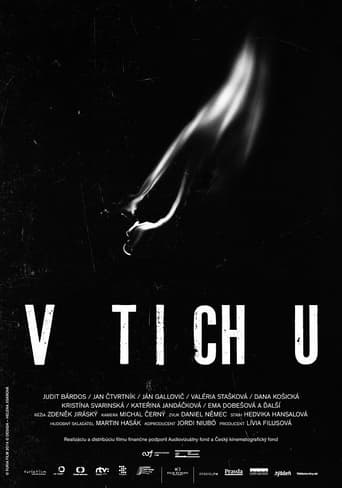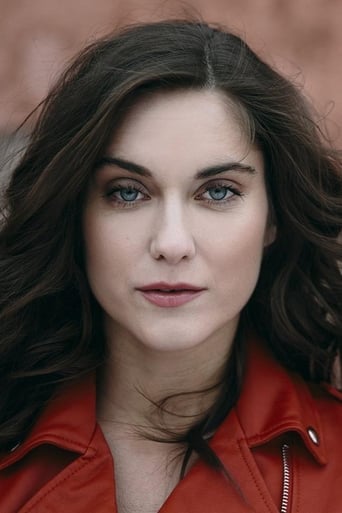Slovak musicologist Agata Schindlerová, now settled in Dresden, has spent years mapping out the forgotten destinies of Jewish musicians whose lives were irrevocably marked by the advance of nazism. Scenes from the lives of several of them are portrayed in the film In Silence (ballet dancer Alice Flachová, pianist and conductor Karol Ebert, composer, conductor and director of the Dresden Theatre Arthur Chitz, pianist Edith Kraus, and the vocal ensemble Comedian Harmonists), which draws a sharp contrast between the protagonists’ carefree existence working and making music during the pre-war era and the subsequent severe upheaval in their lives brought on by the proliferation of nazism.
You May Also Like
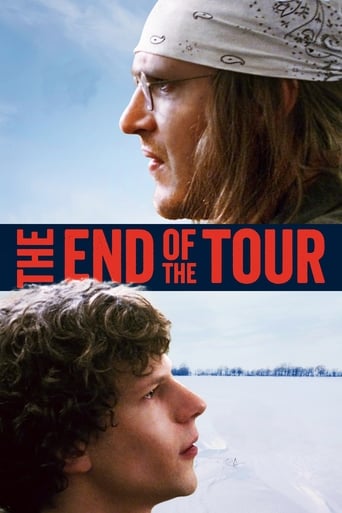
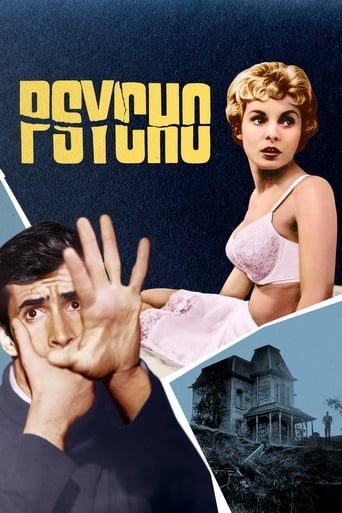

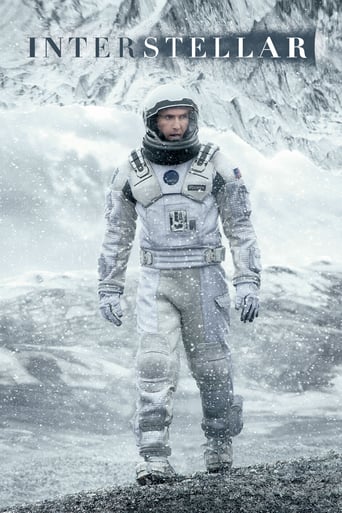
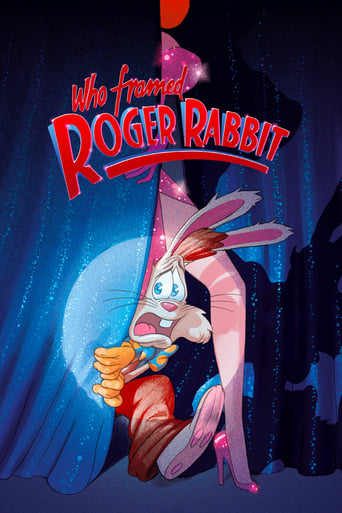


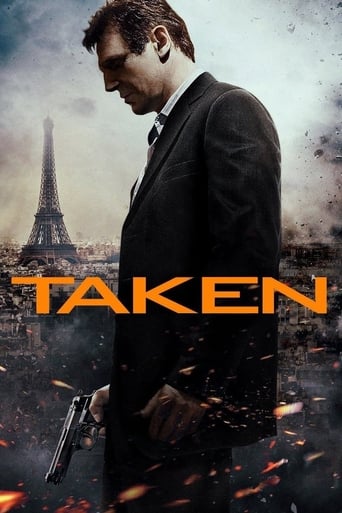
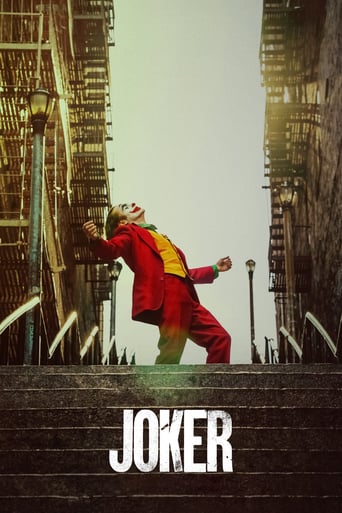
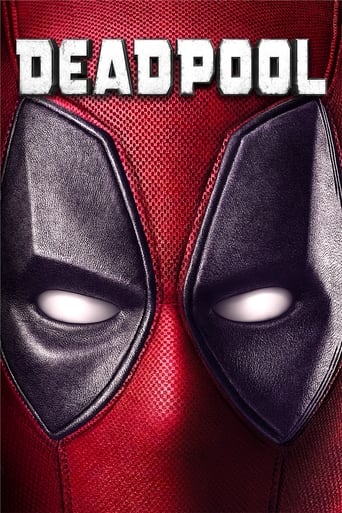
Reviews
A waste of 90 minutes of my life
While it doesn't offer any answers, it both thrills and makes you think.
It’s fine. It's literally the definition of a fine movie. You’ve seen it before, you know every beat and outcome before the characters even do. Only question is how much escapism you’re looking for.
Through painfully honest and emotional moments, the movie becomes irresistibly relatable
There's something stylish and quaint about black and white footage, here designed to be representational of archival materials and newsreels that play out to a theater audience. Grain and artifacts frequent the more realistic, completely silent clips, though the authenticity all but disappears for the story proper, manufactured with little more than dated clothing and a slight sepia tint. The high contrast, crystal clear imagery simply doesn't match the unrestored splices - though the distinction is obviously purposeful in presenting fictional reenactments.In an unexpectedly strange maneuver, a dance sequence manifests from nowhere, with several young men competing for the attention of a woman aboard a train. Their toe-tapping techniques then suddenly give way to titles on screen, detailing Jewish musicians. The first one up is Karol Elbert (Ján Ctvrtník), born in Trnava and a student of the Academy of Music and Drama in Bratislava – introduced with another dancing number accompanying his speedy piano keying. Subsequent artists similarly receive their own brief segments of performances, which they narrate offscreen, as if reflecting on these visualized moments in their lives.Famous pianist Edith Kraus (Judit Bárdos), graduate of the Academy of Music in Berlin, recounts her soloist achievements with the Karlovy Vary Orchestra at the age of eleven. Dr. Arthur Chitz (Ján Gallovic) from Prague is a historian of music and a pianist, composer, and conductor. He was also musical director of the drama company in Dresden. And from Poland, Alica Flachova is a gifted ballet student. The assemblage of characters is almost a documentary, with real people portrayed by actors in biographical skits. Great care is taken to contrast idyllic asides in the country, where freedom and creativity can flourish and where beauty surrounds everything – before the darker moments of history take hold."When things turn bad, we'll just fly away." Seemingly overnight (in May of 1939), under the Ordinance of the Slovak Government, countless Slovaks are now only Jews, restricted from being members of the Music Chamber, from working anywhere, from visiting playgrounds, pools, theaters, or parks, and from using any means of public transportation. Disbelief of the concentration camp rumors, of the escalating violence, and of the persecution lasting for too much longer are affronted by dreary, colorless scenes of the Hlinka guards organizing raids, the stripping away of Jewish identities, and the herding of victims into tight quarters. The standard World War II horrors depicted certainly clash with the serene and energetic opening introductions.Continuous music plays in the background over uncomfortable recreations of the Holocaust and in the foreground by the central subjects as they conduct, practice, or give concerts just prior to being hauled away. If the point is to highlight the salvation qualities of art, "In Silence" fails to demonstrate any such elements more impactful than Karol's yearning to reunite with his wife, Eliska (Kristína Svarinská). Reveries are shattered by dire realities and hope is numbed by aggravating silence as two separated lovers await closure – but the music slowly dwindles away. Arthur's muse Gertrud (Dana Kosicka) and Edith longing for her dog Pluto present additional survivors searching for their lost partners, though neither is given enough screen time to justify taking it away from the more poignant story lines. It's evident that "In Silence" didn't really know what it wanted to be (the editing is equally undecided), splitting its efforts between being an account of the Holocaust's destruction of Slovak's great artists (of which too many are featured to do any one tragedy properly) and a dramatized document of those artists' experiences during the '40s.
We all have seen the Holocaust story told through the eyes of the victims: the protagonists of countless documentaries, biopics, and dramatizations. In Silence's, innovative concept and sublimely sensitive execution breaks the mold of typical victim's perspective in its fresh, provocative, and deeply moving presentation.The film follows the typical Holocaust story line: early/pre-Nazi normalcy followed by the first anti-Jewish laws, the disruption, the gathering storm, the shock of reality, the gruesome horrors, and the shambles of what is left thereafter. However, in viewing this chronology through the eyes of artists, the film leverages artistry to tell the story: not merely the art of the victims but the filmmaker's own interpretation of time and rhythm, reinforced by rich cinematography, striking visuals, music, and silence.It is consistently difficult to grasp the sense of time in this film. The beginning, middle, and end are clearly signaled, as they are predictable. Also, the inexorable spiral of the well- documented historical events is inevitable. However, in scene after scene, the sharp cuts and shifts in focus among the characters create a sense of disorientation. This is accentuated in the first phase by halcyon, color-saturated broad vistas breaking to black and white mechanical processes filmed in macro. The rapidity and unexpectedness of the cuts are echoed in sound, including abrupt and ostensibly bafflingly interruptions of musical performances: one greatly melodious, another heavily rhythmic, both precipitously going silent. The viewer is left breathless with foreboding. Conversely, other performances occur or carry-on under bizarre circumstances; circumstances that demand silence yet from which music emanates, strangely punctuating the absurdity of the situation. The viewer is left before a surrealistic tableau that echoes the absurdity that the callous and senseless barbarity of the Holocaust did in fact occur, and that it was rooted in societies that valued highly and nurtured art, thought, and science.As is typically the case in this genre, we live the horror through the eyes of the protagonists, in this case the artists. Their artistic cargo creates the gargantuan juxtaposition of sublime beauty with abject immorality. During internment, when the characters' sensitive artistic souls are muffled by the animalistic need to survive, the viewer becomes unbalanced, confused, profoundly moved, and horrified. In one of the later scenes, one of the characters poignantly comments that she is unable to distinguish between what she lived through and what others told her of it. The suggestion is that the sensitive victim was so aghast at the degree of the monstrosity through which she lived as to be unable to comprehend its reality. I share in her disorientation, as I recall the striking sounds and images that I experienced while viewing this impressive and resonant film.In Silence eloquently provokes us to address that persistent question: how this possibly could have happened in such an advanced society. In contrasting so starkly the secure/insecure, the lushness/spareness, the beauty/depravity, and the music/silence, we are reminded that no society is immune to wholesale debasement. The world must not forget: if it could happen there, it could happen anywhere.
Top Streaming Movies












